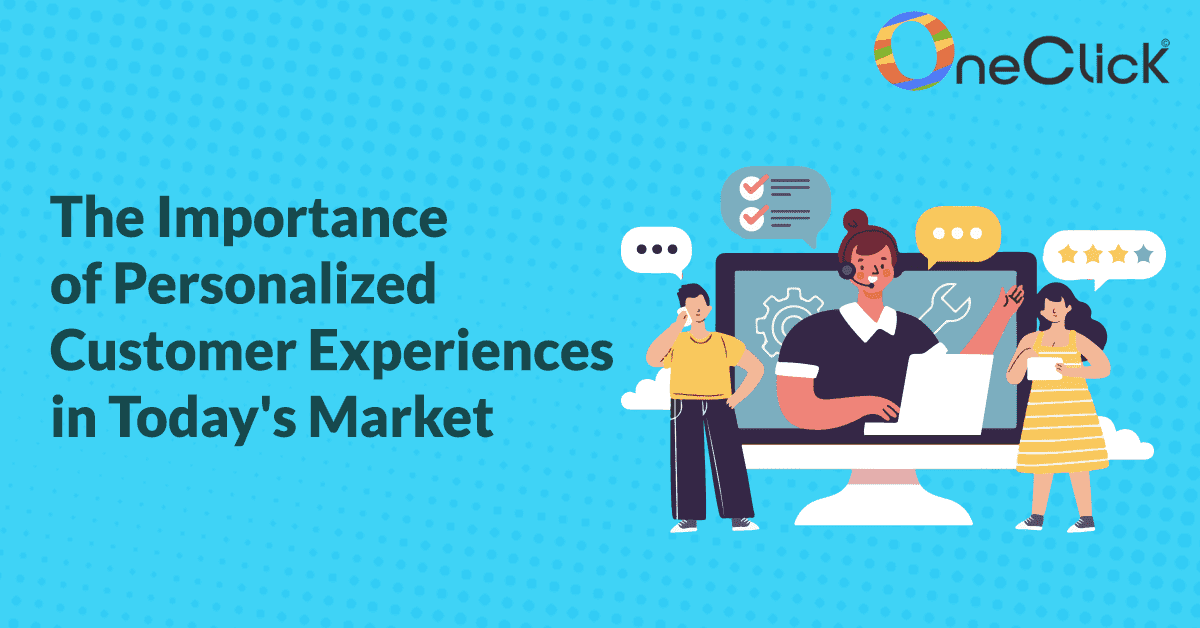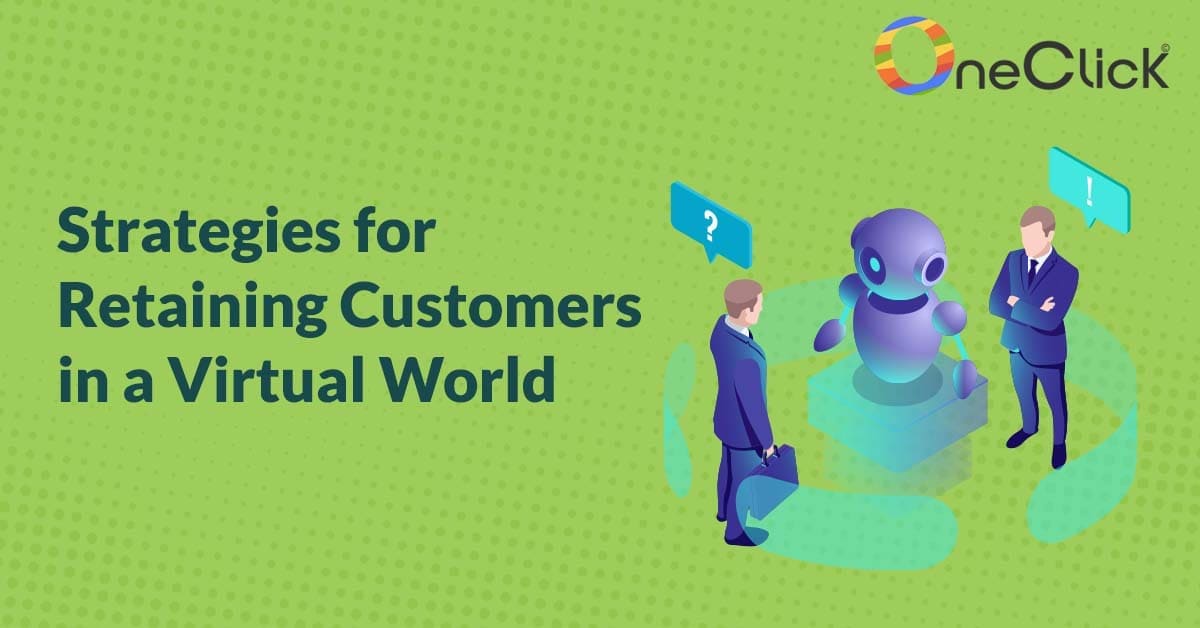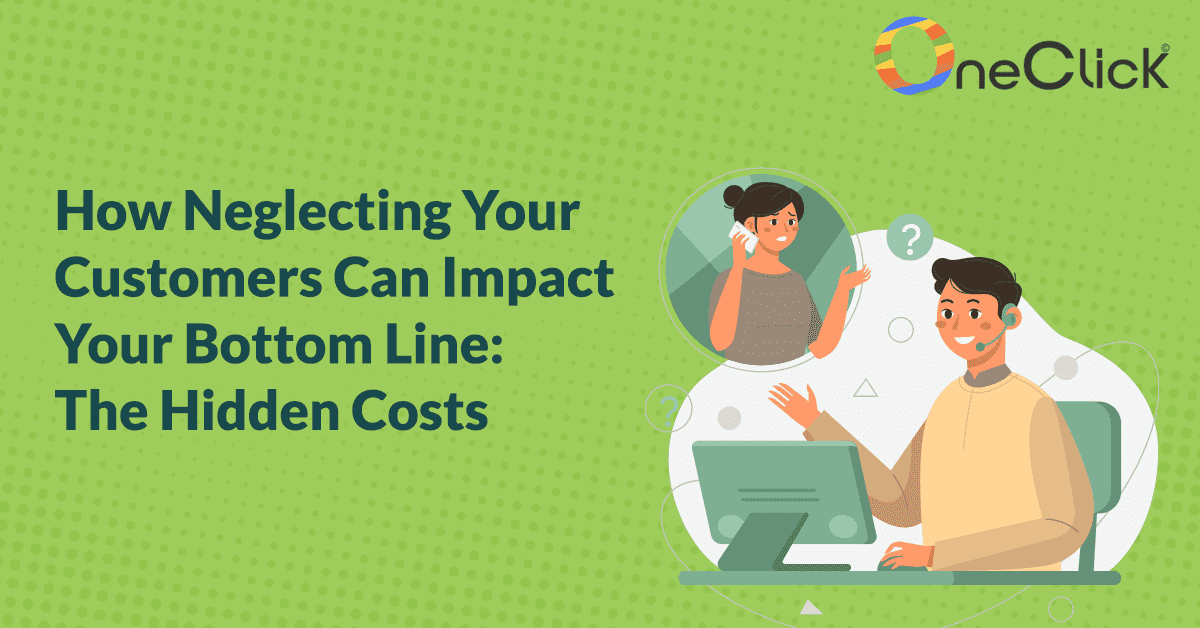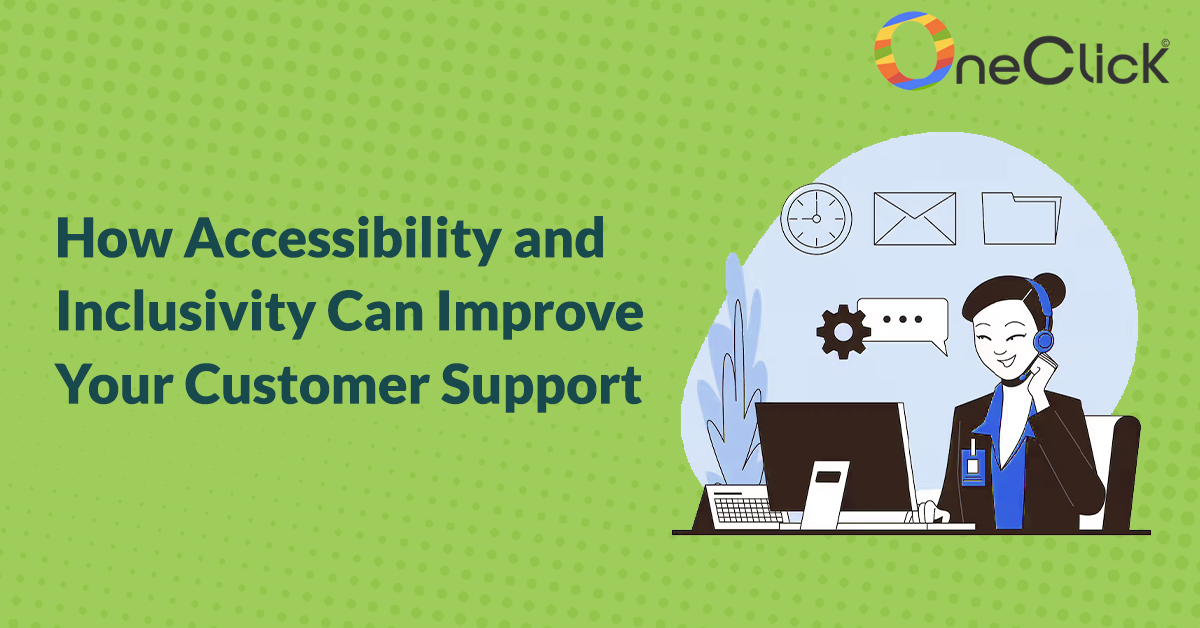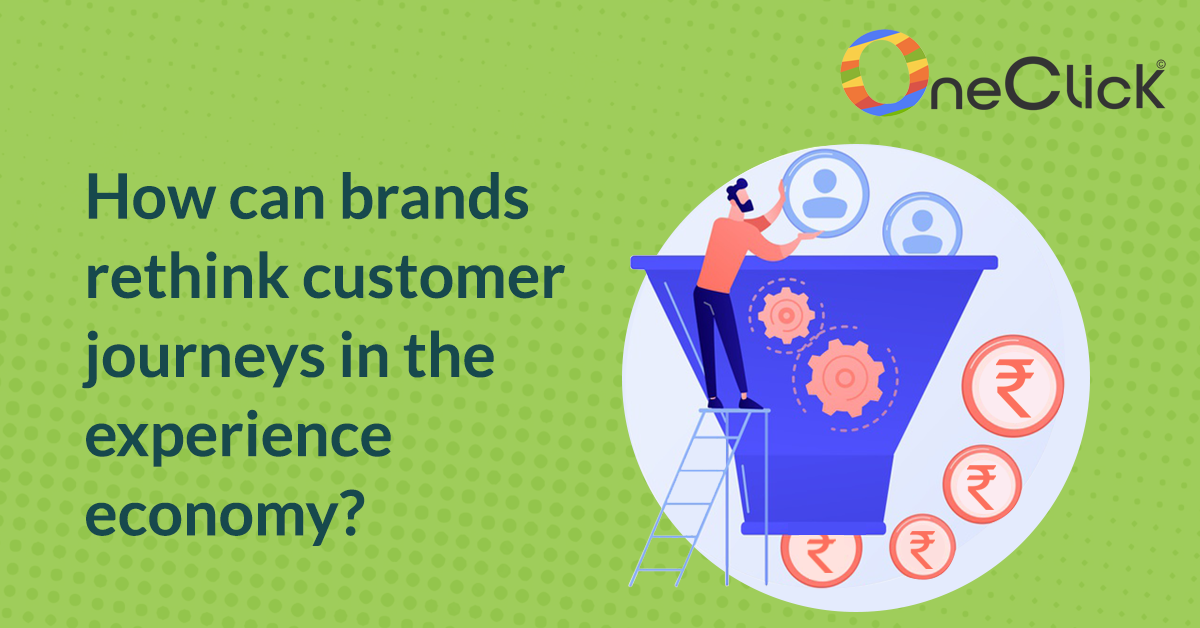
Topic: How can brands rethink customer journeys in the experience economy?
“Evolved companies aren’t customer-centric. They’re customer experience-centric.” – (Source: Prophet)
Since the end of the pandemic in 2022, companies were relieved to see customers returning for their services. Due to the complete digitalization of the consumer journey in the past two-years millennials are craving experience-centric purchases. It’s not just the purchase of the product that satisfies them, it is the experience that comes with it. To re-evaluate the customer journey, it is vital to understand the customer journey before purchasing a product or service.
“81% of retailers increased their investment in CX over 2020-2022.” – (Source: Talkdesk)
Identifying Customer Journey
To reach the title of an ‘Experienced Brand’, an organization must focus on creating continual value with customers across the entire customer journey. By highlighting customer experience as the focus of marketing strategy, businesses can connect with consumer behaviour as well as create unique workflows.
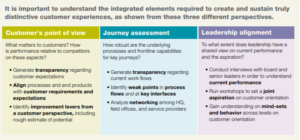
Fig.1: Customer Journey Touch-Points
- Understanding Actual Customer Journeys
Not all customers undertake the same journey in purchasing a product, experiencing a service, or performing a transaction. Their paths vary, based on personal preferences, available channels, and the way processes are organized. Not all customers undertake the same journey in purchasing a product, experiencing a service, or performing a transaction. Their paths vary, based on personal preferences, available channels, and the way processes are organized.
For the orthodox customer journey, following are all the touch points for a traditional customer:
- Prioritizing Investments
Tying customer journeys to satisfaction scores allows companies to understand precisely which journeys mean the most to the bottom line and align the possible investments in technology, people, and incentives with expected returns. It also allows companies to understand all the other business factors that a journey affects and the total value at stake.
Revenues associated with the journey are also affected, for example, from cross-selling when a customer is taken on board. Finally, there may be other business impact, such as the ability to detect and prevent fraud. One outcome of the diagnostic is a business case at a journey level, which helps set priorities for capturing value from improving the customer experience.
- Identifying Frustrations and Happiness
A data-based diagnostic can be much more precise in identifying the events affecting customer frustration or happiness. In particular, it allows a company to link customer satisfaction to specific operational elements such as the time it takes to complete the journey, the number of steps that each channel requires, or the way the customer interacts with agents. From there it is possible to understand precisely the break points in the customer experience. It also makes it easier to track and set target goals for these journeys
Brands reliant on successful ways of past marketing strategies are not going to get the same results. Nowadays, delivering exceptional customer experiences, consistently is one of the main features sought out by leading brands. An innovative experience tailored to satisfy throughout the customer journey initiates better revenue, enhanced brand loyalty, and increased customer retention.
Challenges Faced in Implementing a Seamless Customer Experience
“75% of businesses believe that they are customer-centric, yet only 30% of customers agree, creating an experience gap.” – (Source: Capgemini)
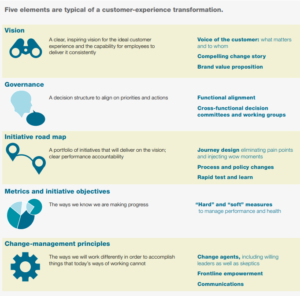
Fig.2: Elements of Customer Experience Transformation
‘Experience Economy’ was first coined in 1998 by Joseph Pine and James Gilmore, but now, it is getting noticed by brands across all sectors. Earlier, providing an experience was easy and more natural as physical ecosystems were present to deliver innovative and creative
customer experiences. With the attack of the Covid Pandemic, the physical aspect of marketing dwindled, and the new age of digital marketing began.
There are several key questions that underpin successful stories and strategies such as:
- What is a company’s appetite for change in the near term?
- Is the goal to change the customer experience fundamentally or simply to improve it at the margins?
- What is the gap between the needs and wants of customers and what they actually experience?
- How can the company gain a customer experience advantage against competitors?
- At which point in the experience should the company concentrate to have a real impact?
- How do the overall capabilities of the staff support the customer experience the company wants to provide?“Nearly two-thirds of consumers want brands to personally connect with them” – (Source: Sprout Social)
New Age Customer Experience in the “Experience Economy”
Transforming an organization’s processes and culture to focus on customer journeys requires both top-down, judgment-driven evaluation and bottom-up, data-driven analysis. In our experience, these approaches work best when companies pursue them in parallel. The top-down approach spurs leadership engagement, focuses organizational energy, and allows a company to move quickly on known issues—often fixing policies or capturing quick wins that can be pursued from headquarters
Combining this connected interaction data with more traditional surveys and input representing the voice of the customer such as interaction recording, customer surveys, observations, and focus groups allows companies to surface new insights and conduct customer-experience programs more effectively.
- Reinvent Customer Journeys via Digital technologies
- The advent of big data and advanced analytics has helped organizations parse the factors that drive not only what customers say about the things that satisfy them but also the actual customer behavior that creates economic value. Similarly, multiple sources reflecting the voice of the customer—including surveys, social media, and the real-time chronicling of the shopping experience—can illuminate the current performance of companies in managing their customers’ journeys. Once they have identified the most important journeys and defined their strengths and weaknesses, the process of redesigning and prototyping can begin.
With continual integration of Artificial Intelligence, Machine Learning, and advanced data analytics, brands can automate their customer experience without paying or maintaining hefty infrastructure for customer experience. Internally, businesses are opting for agility, personalization, and encapsulation of data to improve workflows within a company.
- Define a Clear Purpose and Customer Experience Aspirations
With mature value propositions of any brand, customer relationship also changes, and a growth action plan should be implemented to identify new customers and retain previous customers. The growth must include: upscaled customer experience, changing physical market indulgences, rethinking the revenue model, subscription to brand membership, and expanding the business opportunities. It helps to create long-term success in lifetime value, operational efficiency, and enhanced revenue.
A distinctive customer experience vitally depends on a deeply rooted collective sense of conviction and purpose to serve the customer’s true needs. This basic fact must become clear to every employee through a simple, crisp statement of intent: a shared vision and aspiration that’s consistent with a company’s brand value proposition as well as authentic; in the always-on era of ubiquitous video and social media, inconsistencies will be exposed quickly.
For example, the common purpose of The Walt Disney Company is: “We create happiness by providing the finest in entertainment for people of all ages, everywhere.”
The statement of purpose should then be translated into a set of simple principles or standards to guide behaviour all the way down to the front line.
- Fragment Touchpoints to Digitally Empower Execution
“58% of consumers expect more from service providers than they did pre-pandemic” – (Source: Talkdesk)
Throughout the customer journey, an individual leaves essential breadcrumbs to their purchase potential. Running advertisements isn’t enough for customers. They require consistent brand experience to stay at a point or they sway away. To resolve this problem, businesses can opt for an omnichannel experience, connecting all the knowledge bases and platforms to a unified channel. By personalizing experience from pre-purchase to post-purchase, customers consider it a viable option for doing business as well as stay loyal for a longer time.
- Develop a Deep Understanding Customer Needs
“A business that optimizes for an emotional connection outperforms competitors by 85% in sales growth.” – (Source: Harvard Business Review)
Many brands, including Adobe and Apple, hire a Chief Experience Officer (CXO) to enhance customer engagement. So rather than assuming what customers want, brands focus on collective feedback from customers and analyze the customer experience model accordingly. Understanding fundamental topics of human psychology, like economic factors, help business to create an obsession with the product. For example, Netflix and Amazon Prime are undeniably disruptive forces in the entertainment industry as they created a portable platform for viewers to watch their preferred television shows or movies.
- Empower the Front Line with Customer Journeys
“25 percent of customers will defect after just one bad experience” – (Source: Mckinsey)
Every leading customer-experience company has motivated employees who embody the customer and brand promise in their interactions with consumers and are empowered to do the right thing.
For example, Amazon famously staged “all hands on deck” sessions during the year-end holidays, a tradition that lives on in the employee-onboarding experience. “Hire for attitude, not aptitude”—in other words, if a business wants to provide friendly service, hire friendly people. Interviewing prospective employees in groups, as JetBlue Airways does, is one way to observe how they interact. Then, give your people a purpose, not rules, so that the company sets clear expectations and lets employees know that it trusts them to do their jobs.
- Behavioral Psychology to Manage the Customer’s Expectation
One tool that offers increasingly effective solution for organization is behavioral psychology, used as a layer in the design process. For example, they can design the sequence of interactions with customers to end on a positive note. They can merge different stages of interactions to diminish their perceived duration and engender a feeling of progress. And they can provide simple options that give customers a feeling of control and choice.
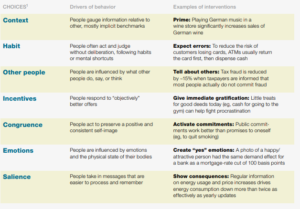
Fig.3: Framework of Behavior Drivers
Conclusion:
Mastering the concept and execution of an exceptionally good customer experience is a daunting challenge, but an essential one in today’s rapidly changing business environment. Many companies begin customer-experience efforts with lofty ambitions but a poor grounding in linking programs to value. To improve the framework of customer experience, take the time to construct a self-funding business case and you will reap company-wide buy-in as your reward. That will anchor your customer-experience program and pay dividends long after the up-front months needed to do it right have passed into history.
